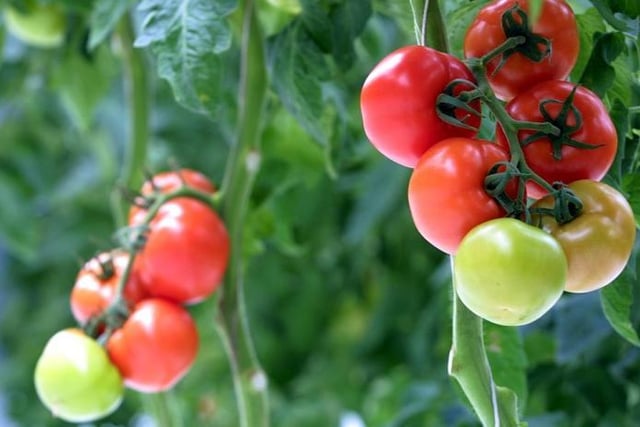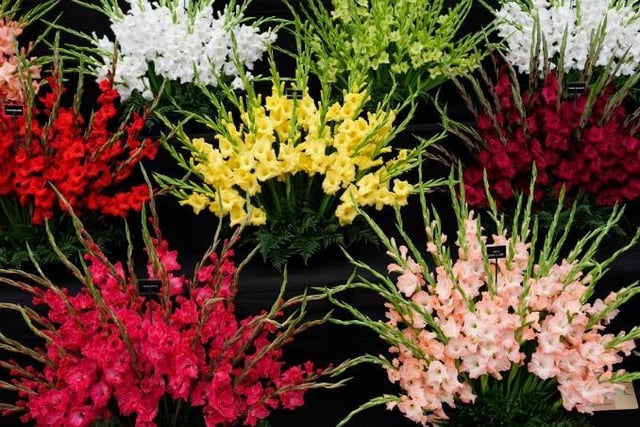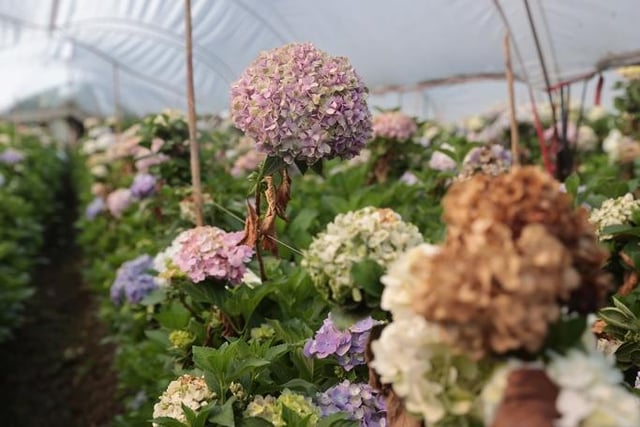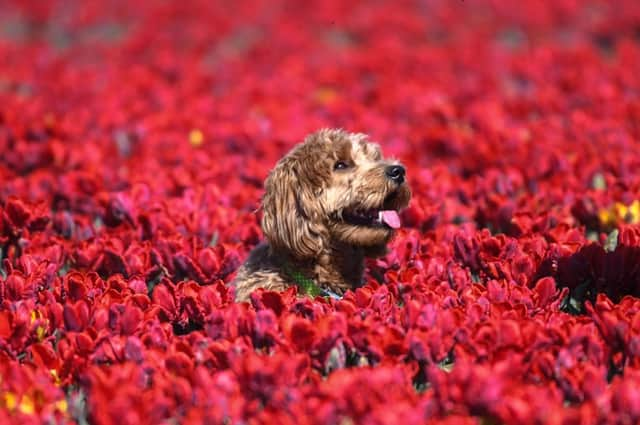However, pet owners are being advised to be very careful of the varieties they bring into the home, with some being highly toxic to animals.
Some varieties of spring-flowering plants are beautiful to look at, but may contain toxic elements towards animals, including dogs.
Experts at Pooch and Mutt are warning pet owners to keep them safe this spring, sharing a list of pet-safe plants as well as some to avoid.
What to do if you think your dog has eaten a toxic plant?
Vet Dr Linda Simon provides tips on what to do if you think your dog may have eaten, touched or inhaled something that it shouldn't have:
- Speak to your vet straight away to find out the best course of action.
- Never try to make your dog sick before speaking to your vet. This can cause further complications which may harm your dog.
- Keep an eye out for symptoms or a change in your pets’ temperament or behaviour.
Experts at Pooch and Mutt are warning pet owners to keep them safe this spring, sharing a list of pet-safe plants as well as some to avoid.

5. Tomato Plant
With spring/summer comes tomato plants in the garden. Make sure to keep dogs clear, though, as they can cause weakness, gastrointestinal problems, drowsiness, dilated pupils, slow heart rate, and confusion.

6. Gladiola
This popular colourful summer flower can cause drooling, vomiting, diarrhoea, and general lethargy.

7. Iris
Iris can cause severe digestive upset. While the entirety of this plant is toxic, the rhizomes (underground stem) are most potent and, if ingested, this plant can cause vomiting, drooling, lethargy, and diarrhoea

8. Hydrangea
Brightly coloured but toxic, this plant can cause vomiting, depression, diarrhoea, and other gastrointestinal disturbances.

